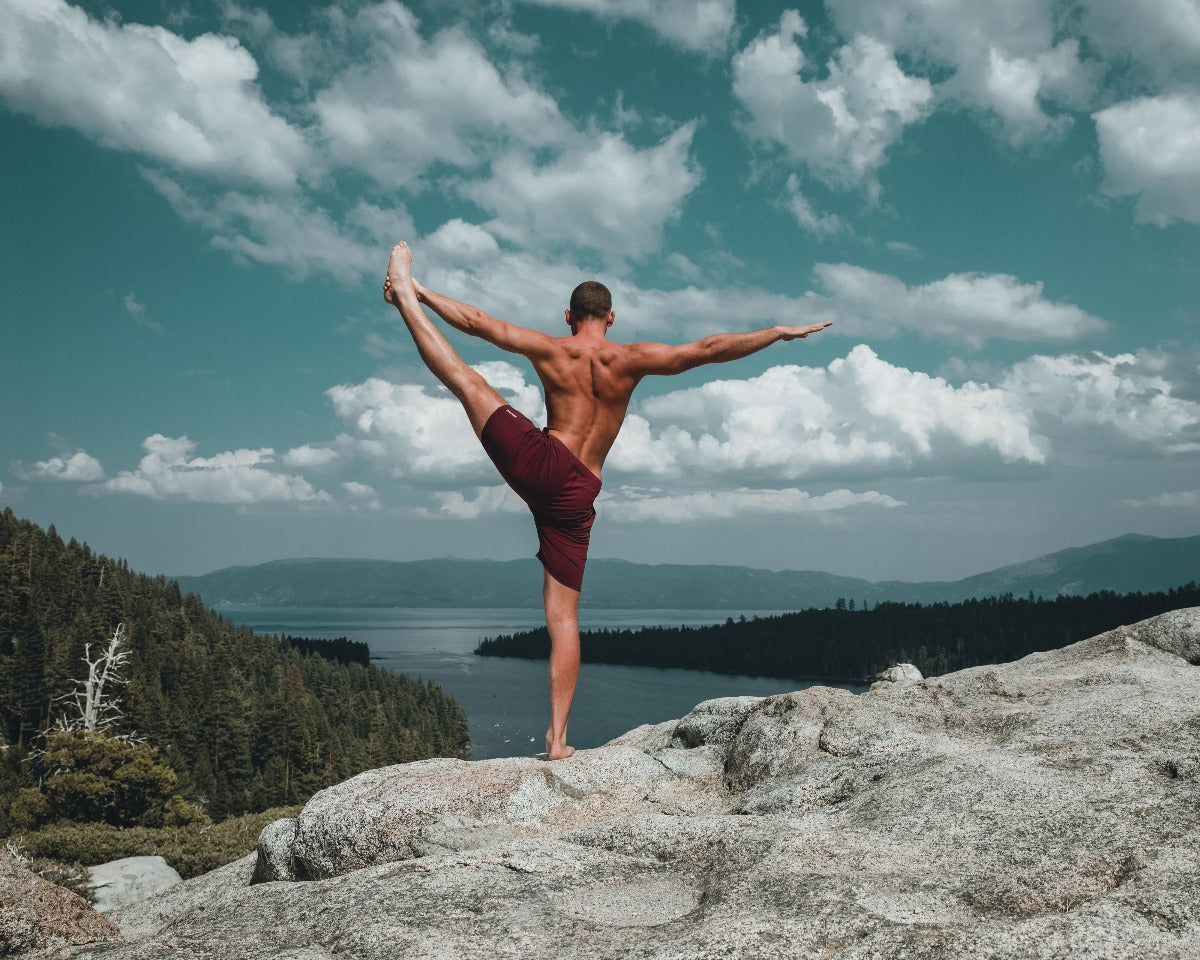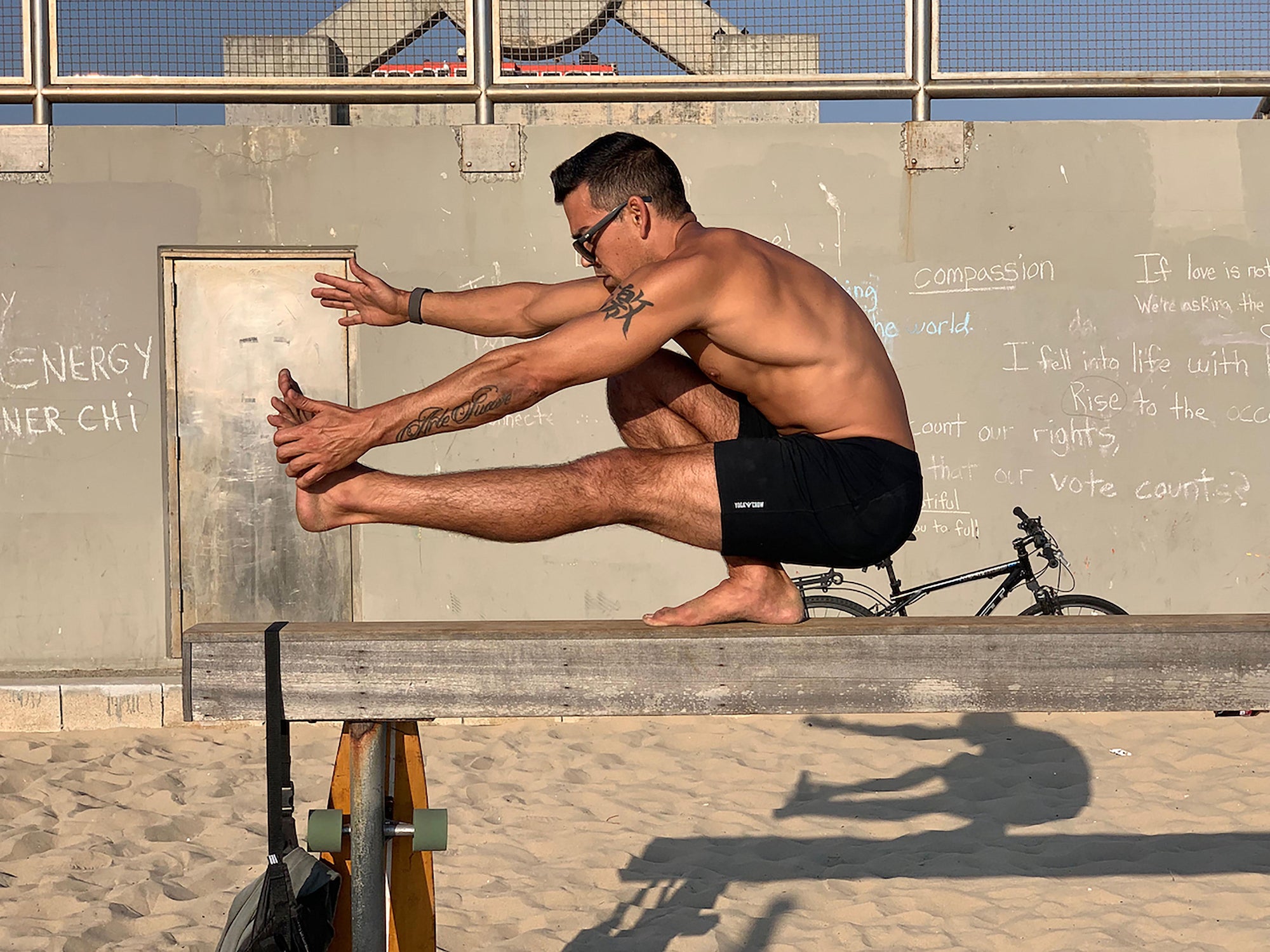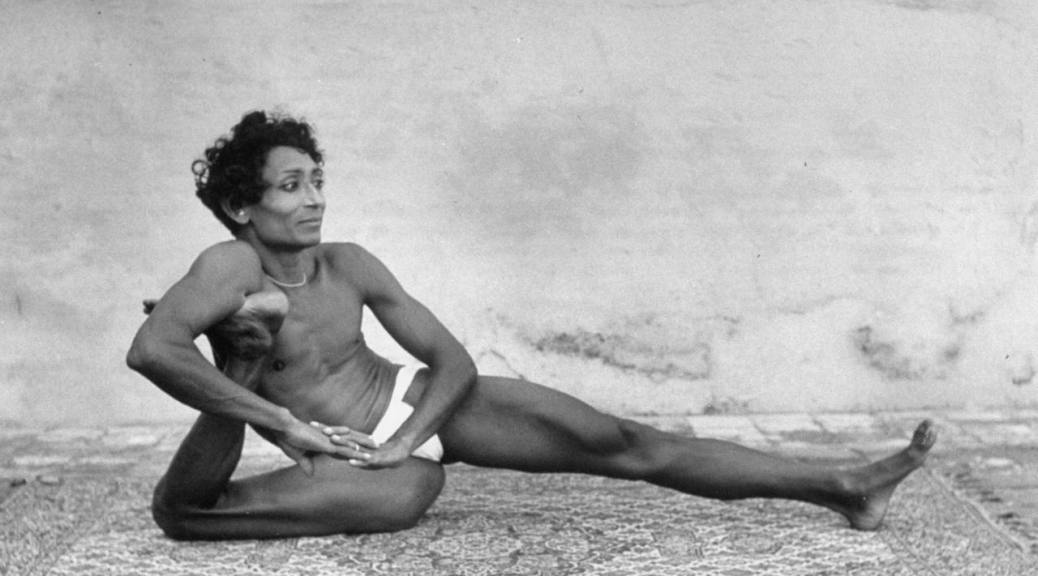How to Get More Flexible Outside of Yoga Class: 10 Methods
If you're struggling with the poses in yoga class or simply can't dip, stretch, and lean like you want to, click here to learn how to get more flexible outside of your classes.
By now you've mastered the downward facing dog.
Your yoga instructor is moving on to more difficult poses. Triangle. Crow. Lotus. But you find when you bend and twist in certain ways, tight muscles, tendons, and ligaments start to hinder your movements.
Yoga can shine a spotlight on our level of flexibility -- or lack thereof. And it can be frustrating.
Flexibility is intrinsically linked to yoga, and the more you practice, the more flexible you will want (and need) to become. But being loose and limber doesn't come naturally to everyone. Previous sports injuries, aging, activity levels, and other factors can all impact your level of flexibility.
Luckily, there are ways to increase your range of motion.
When determining how to get more flexible and improve your yoga practice, consider these ten tips.
1 - Create a Stretching Routine
You're likely not surprised to see that stretching made the top of the list. It's the best way to gain flexibility outside of your yoga routine.
Put together a simple stretching routine and practice it consistently and frequently. Ideally, you'll do your stretches three times a week, but no fewer than two times. According to the American College of Sports Medicine (ACSM), be sure you're stretching all the major muscle and tendon groups: neck, shoulders, chest, trunk, lower back, hips, legs, and ankles.
Each stretch should last a minimum of 60 seconds, but you can break that up into repetitions. For example, do each stretch for 20 seconds and repeat three times. Wear properly fitting yoga clothing so you aren't hindering your range of motion. Use yoga blocks or bands to aid your stretches as needed.
2 - Practice Dynamic Stretching
Dynamic stretching is a form of stretching using repetitive movements to increase flexibility and range of motion. Think walking lunges, torso twists, high knees, and arm swings.
This stretching is best to do prior to a workout. It helps increase blood flow, "warming up" the muscle groups.
In addition to helping increase flexibility, dynamic stretching can improve overall range of motion and reduce your risk of injury.
Examples: Dynamic Stretches
- Walking lunges with an arm reach -- five on each side
- Knees to chest -- 10 reps
- Sun salutation sequence (or down dog to up dog repeated five times)
- Cat-cow repeated 10 times
Each stretch should last about 10 seconds. Repeat this sequence at least once.
3 - Practice Static Stretching
Part of your stretching routine should include static stretching.
The opposite of dynamic stretches, static stretches are stationary. This means that you will be holding a specific stretch while remaining motionless. Think toe touches, side bends, or quad stretches.
Static stretching is best done after a workout (or after dynamic stretching). This form of stretching can lengthen and relax tight or sore muscles. It's also a great option for increasing your flexibility with minimal risk of injury, provided you use proper form.
Here's a short sample stretching routine that includes both dynamic and static movement. Remember, start with dynamic (flowing) stretches and end with static (still) stretches.
Examples: Static Stretches
- Standing forward fold
- Standing quad stretch
- Squat and hug knees to chest
- Cobra pose
- Child's pose
Hold each stretch for approximately 30 seconds. Repeat the routine until you've held each stretch for a minute.
4 - Stay Hydrated
To improve your flexibility, stay adequately hydrated.
Even mild dehydration can have an effect on your flexibility and performance. Your muscles will be tighter, and you'll be more prone to cramping.
Staying hydrated isn't as hard as it seems; you probably don't need gallons and gallons of water a day. As a general rule, men should aim for about 16 eight-ounce glasses a day.
It will help to cut back or eliminate fluids that act as diuretics, like energy drinks and alcohol. You can also increase your intake of water-rich foods, like watermelon, cucumber, and pineapple.
5 - Add Heat
Warm muscles are looser than cold ones, hence the recommendation to practice static movements after exercise.
Capitalize on this when you are aiming to increase flexibility. Stretch after workouts, when your muscles are looser. It can be helpful to stretch in a warm room or in the sun.
6 - Breathe
Your yoga practice has taught you the importance of mindful breathing. The same concept applies to stretching.
When practicing any flexibility routines, focus on taking deep, measured breaths. These deep breaths can help increase circulation, relax both body and mind, and help stretching, in general, feel more meditative (and less like a chore that needs to be done).
7 - Determine Your Weaknesses
Most people have specific areas on their bodies that are stiffer or tighter than others. Find these areas on your own body, then pay special attention to them when stretching.
In order to determine your weaknesses, consider what specific movements are most difficult for you in your yoga practice. Maybe you know you are totally unable to touch your toes, twist your torso very far, or get into a deep squat.
When you are stretching, devote time to working the parts of your body that tend to be tighter than the rest. This can help maximize the benefits of your stretching routine and help you in your yoga practice.
8 - Be Gentle
Pain is not gain when it comes to stretching.
Heed the signals your body sends. Stretch until you feel resistance and hold it there. You should feel tension, but you should not feel pain. The more you stretch, the more flexible you will become. But it's a slow process and to rush it is to risk injury.
As with any physical activity, it's wise to err on the side of caution. An injury can derail your yoga practice, so stretch gently and resist the urge to stretch through pain.
9 - Get Regular Massages
Regular massages can help you become more flexible. Seek out a massage therapist who specializes in sports massages.
A sports massage can increase circulation, loosen tight tendons and muscles, decrease lactic acid build-up, and reduce muscle soreness.
Consider adding regular massages into your routine to help maximize their benefits.
10 - Remain Consistent and Be Patient
It can be frustrating to feel like your yoga practice is suffering from your lack of flexibility. But, like most things in life, change won't happen overnight. The key is consistency -- and patience.
To see the benefits, make stretching an integral part of your weekly routine. Becoming more flexible is much like becoming better at yoga -- it will take time, commitment, patience, and practice.
Follow Us for More Tips on How to Get More Flexible and Better Your Yoga Practice
As you know by now, yoga is a fulfilling, relaxing, and even spiritual experience. But it can be mentally and physically taxing, too. The right resources can help you bring your practice to the next level.
Follow along with us for more practical advice on advancing your yoga practice with intention.




